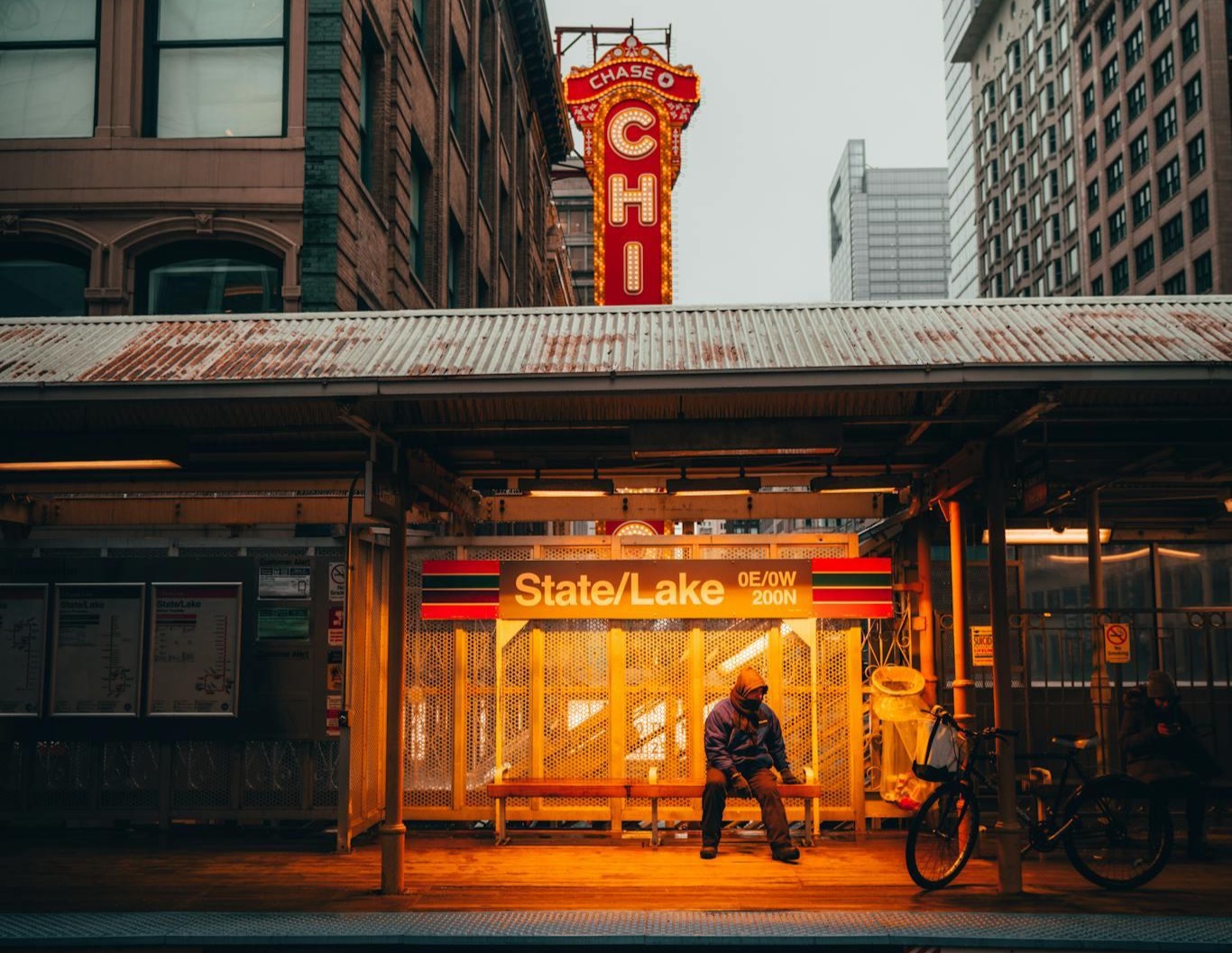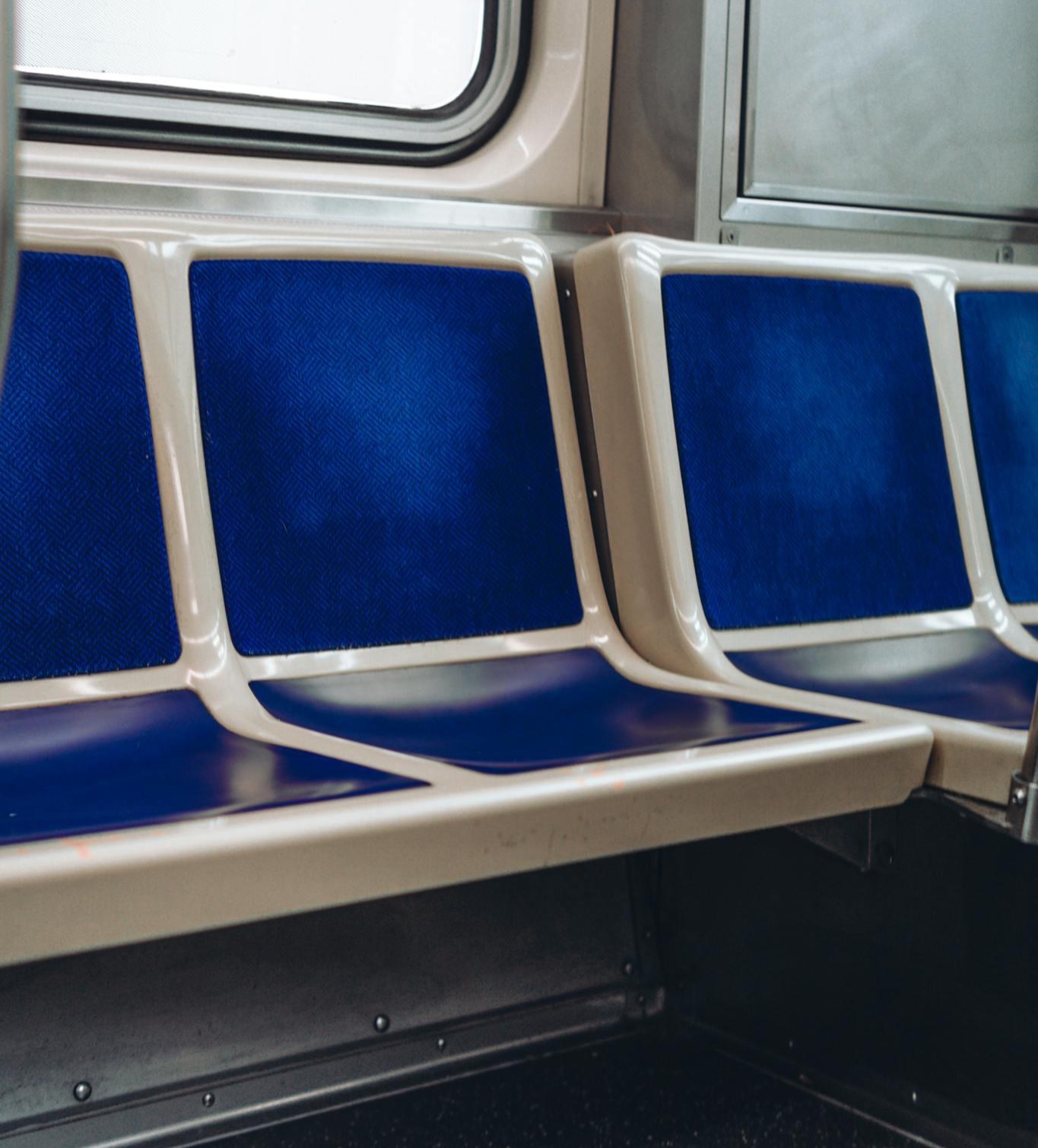Bias and the CTA: A Look at the Chicago’s Most Vulnerable Citizens
For this assignment, I was tasked with writing a reaction piece designed to challenge my critical thinking skills. The goal was to respond to the topic of a chosen article, and in this case, the article focused on the issue of homelessness in Chicago. This assignment encouraged me to reflect on the subject, engage with the content more deeply, and provide my own perspective on the topic.
May 2nd, 2023 – Chicago
This story, Why you talking to a bum?, detailing an interview with a houseless man who must ride the CTA for protection, is an insightful piece into the reality that many Chicagoans face. Almost all Chicagoans have experienced the uncomfortableness of sitting in a tense situation that arises while riding the CTA. This piece looks into Tracy III’s life and gives insight into the reality of Chicago’s housing crisis while calling to reduce crime on the CTA.
In her article, author Katie Prout implores Chicagoans look deep within themselves and ask why we instantly assume that those who appear houseless are deemed unsafe or to be avoided whilst riding the CTA trains. One of my favorite quotes from Prout is when she writes, “Not every person who is homeless is mentally ill or uses drugs, and having one of those traits—or all three—doesn’t make you dangerous; it makes you vulnerable.” This quote calls us to look at the subconscious biases we hold against those we perceive as dangerous. Even when houseless citizens exhibit the traits we deem to be “unpleasant," this does not make them any less worthy of the same rights and protections that other housed CTA riders experience. This is seen in the way Tracy III, despite trying to make casual conversation on the train, is ignored and those around him seem to tense up. While it is unrealistic to expect everyone riding the CTA to be talkative to strangers – many of us are just trying to get from here to there without any interruptions or interactions – it is important to call into account the biases that may play into this tendency to be reserved.
Proust analyzes the different responses into what the CTA needs in order to make a more enjoyable ride for all patrons. There is a common call in Chicago politics to fix the problem of our lack of “public safety” – but this “public safety” usually includes more policing – and Proust asks who is this extra policing benefitting? This does not benefit Chicago’s Black and brown communities, nor does it help the houseless riders. When Proust asked Tracy what he thinks will make the CTA better, he responded with jobs. In order to help Chicago’s housing crisis and to limit crime, the answer is not more policing, it is more resources and opportunities for Chicago's most vulnerable. ✧


Post a comment